How Do Boiler Suppliers Handle Warranty Claims and What Documentation Is Required?
Industrial boilers are engineered for long-term, heavy-duty operation—but like any complex system, component failures, control errors, or fabrication defects can occur. That’s why a clear and responsive warranty and service claim process is critical. Poor warranty handling can lead to downtime, safety risks, or unexpected repair costs. Understanding how suppliers handle warranty claims—and what documentation you’ll need—is essential for protecting your investment and minimizing disruption.
Boiler suppliers typically handle warranty claims by reviewing service reports, operating logs, inspection records, and installation documentation to determine if the issue falls within warranty terms. To file a claim, you’ll need to provide proof of purchase, commissioning records, photos or failure logs, and evidence of proper maintenance. Once reviewed, the supplier may dispatch a technician, ship replacement parts, or recommend third-party service depending on the warranty coverage and severity of the issue.
Here’s what you need to know about navigating the industrial boiler warranty and service claim process.
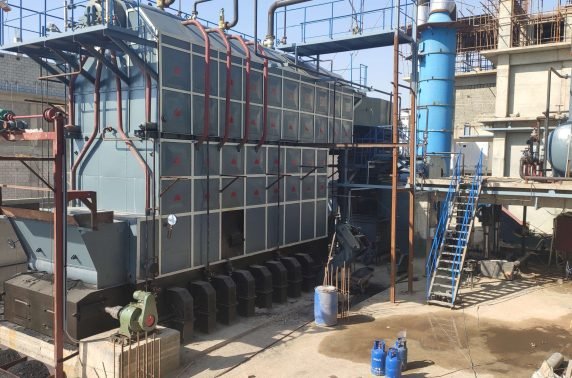
What Types of Warranties Do Industrial Boiler Suppliers Typically Offer (Standard, Extended, Performance-Based)?
When buying an industrial boiler, most customers focus on price, size, or fuel type—but overlook a key part of the purchase: the warranty. A poor warranty can leave you with unexpected repair bills or serious downtime. A good warranty can save you money, reduce risk, and ensure the boiler runs well for years. So, what types of warranties do boiler suppliers actually offer? In this article, we break it down in a simple and clear way, so you can make the best decision for your business.
Most industrial boiler suppliers offer three types of warranties: a standard warranty that covers basic parts and manufacturing defects for 1–2 years; an extended warranty that adds more years of protection for key parts; and a performance-based warranty that guarantees the boiler will hit certain efficiency, output, or emission targets.
If you’re not familiar with warranty terms, don’t worry—this guide is made to help you understand what each warranty covers, what to look out for, and which one fits your needs. Whether you’re a plant manager, a purchasing officer, or a business owner, knowing your warranty options means better planning and peace of mind.
Performance-based warranties ensure that industrial boilers meet specified efficiency targets.True
These warranties promise that the boiler will meet key performance goals like fuel savings, steam output, or emissions, or the supplier must fix it.
Standard Warranty: Basic Protection Comes with the Boiler
A standard warranty is included in the price of most boilers. It’s your basic safety net in case the boiler has a factory defect or a major part fails early.
| What It Usually Covers | Coverage Period |
|---|---|
| Boiler shell/body | 1–2 years |
| Burner unit | 6–12 months |
| Controls & valves | 6–12 months |
| Pumps and motors | 6–12 months |
Standard warranties cover manufacturing problems. They do not cover:
Mistakes during installation
Normal wear and tear
Poor maintenance or water quality
Tip: Ask if the warranty starts when the boiler ships or when it’s installed—this can save you months of lost coverage.
Extended Warranty: Extra Years for Peace of Mind
An extended warranty gives you longer coverage. It usually costs extra but is a smart investment if you want to protect your budget from surprise repairs.
| Extra Warranty Length | Typical Extra Cost (% of Boiler Price) | Common Coverage |
|---|---|---|
| 5 Years | 2–4% | Main boiler parts |
| 10 Years | 5–8% | Shell, burner, economizer |
| 15 Years | 8–12% | Full boiler body and tubing |
Extended warranties are good for:
Buyers who plan to use the boiler for 10+ years
Plants that want to lock in maintenance costs
Operations in tough environments (dust, heat, etc.)
Extended warranties automatically cover all repair costs.False
They usually only cover major parts and not labor, wear items, or damage from poor maintenance. Always read the details.
Performance Warranty: Guarantees for Efficiency and Output
A performance warranty is not about part failures—it’s about results. It’s often used for custom or large boilers and gives you a written promise that the boiler will meet key goals.
| Performance Area | Typical Guarantee | If Not Met |
|---|---|---|
| Efficiency | 88% or higher | Supplier pays penalties |
| Steam output | 10,000 lbs/hr | Supplier repairs or upgrades it |
| Emissions | ≤ 9 ppm NOx | Supplier must correct it |
| Uptime | 95%+ availability | Discount or service credit |
Performance warranties are best for:
High-efficiency systems
Plants with emission rules
Users who want guarantees on output and fuel savings
They cost more but give more control and confidence. Make sure you have data monitoring tools to track results.
Final Thoughts
In short, standard warranties are good for basic coverage, extended warranties add long-term protection, and performance warranties are for those who want strong guarantees on efficiency or output. Depending on your budget, plant use, and risk tolerance, the right warranty can save you major costs and stress later on.
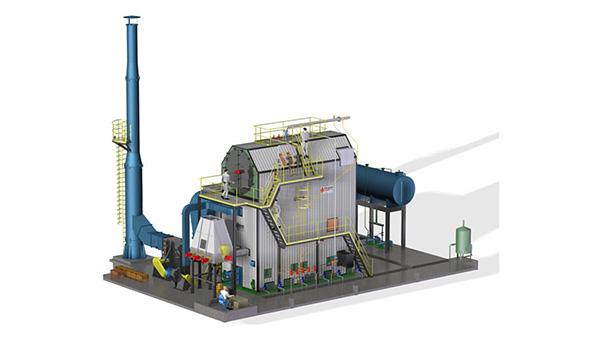
What Documentation Is Required to Submit a Valid Warranty Claim?
When your industrial boiler breaks down, you want fast repairs under warranty. But if you don’t have the right documents ready, your warranty claim could be delayed—or even denied. This means longer downtime and higher repair costs. To avoid that, it’s important to know exactly what documents you need to make a valid claim. In this article, we’ll show you the basic paperwork every boiler buyer should keep on file to make the process smooth and fast.
To submit a valid warranty claim for an industrial boiler, you need: (1) the purchase invoice, (2) the warranty certificate, (3) a service and maintenance log, (4) a report explaining the problem, and (5) photos or videos of the issue. These documents prove you followed the rules and help the supplier process your claim quickly.
Having these documents ready can save you time, money, and stress. Even if your boiler is still under warranty, missing just one required document can cause delays.
You can make a boiler warranty claim without any proof of maintenance.False
Most suppliers require proof of regular maintenance to keep the warranty valid. No record, no claim.
5 Must-Have Documents for a Warranty Claim
Here’s a simple list of what most boiler suppliers ask for:
| Document | Why It’s Needed |
|---|---|
| Purchase Invoice | Shows when and where you bought the boiler |
| Warranty Certificate | Confirms what’s covered and how long the coverage lasts |
| Maintenance Log | Proves the boiler has been serviced regularly as required |
| Breakdown Report | Describes the issue and what happened during the failure |
| Photos/Videos | Shows clear evidence of the damage or fault |
Quick Tips:
Keep all documents in one folder (digital and physical).
Make sure service records are dated and signed.
Take clear photos or short videos of the problem before any repair work starts.
Having these five items ready can help your warranty claim go through faster—so your boiler gets back to work with less hassle.
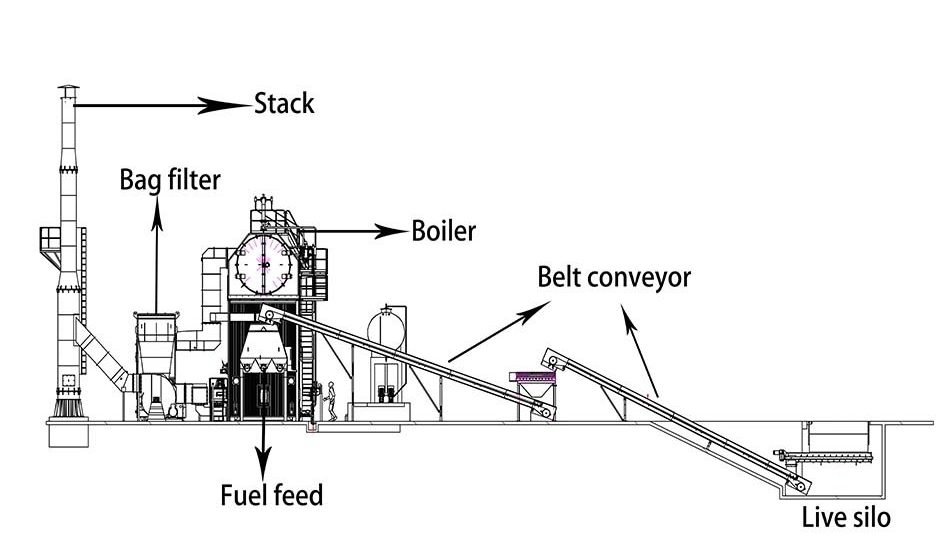
What Service Conditions or Actions May Void Your Boiler’s Warranty?
Many customers believe that once their boiler is under warranty, any issue will be fixed for free. But in reality, warranties come with strict terms. If you ignore proper care or make certain mistakes, your warranty can be voided—leaving you to cover all repair costs yourself. This is especially important for industrial boilers, where repairs are expensive and downtime can disrupt production. In this article, we’ll explain the most common actions or service conditions that can void your boiler warranty, so you can avoid costly surprises.
A boiler warranty may be voided if you: (1) skip regular maintenance, (2) use poor-quality or untreated water, (3) install the boiler incorrectly, (4) use unauthorized parts or technicians, or (5) operate the boiler outside the recommended limits. These actions break the warranty terms and can lead to denied claims.
If you want to keep your boiler protected, you need to follow the warranty rules. Luckily, avoiding warranty issues is simple once you know what to watch out for. Let’s look at the top causes of warranty voids and how to avoid them.
Improper water treatment can void an industrial boiler warranty.True
Most boiler warranties require the use of clean, treated water to prevent scale, corrosion, and system damage.
Top 5 Reasons Your Boiler Warranty Might Be Voided
| Action or Condition | Why It Voids the Warranty |
|---|---|
| No regular maintenance | Suppliers require service logs as proof of proper care |
| Poor water quality | Untreated or hard water causes scale and corrosion |
| Incorrect installation | Installing without following guidelines leads to safety or damage risks |
| Unauthorized repairs or parts | Using non-approved parts or technicians may cause failures |
| Overuse or incorrect operation | Running above rated pressure/temperature can damage the unit |
1. Skipping Maintenance
Warranties often require servicing every 3–6 months by a certified technician. If you can’t prove regular service, your claim may be denied—even if the issue isn’t your fault.
2. Using Bad Water
Boilers need clean, treated water. If your water contains minerals, scale can build up, overheat tubes, and cause failures. Always keep a water treatment record.
3. Installing It Wrong
Improper installation—like bad venting, wrong pipe sizing, or no clearance—can damage the boiler and void the warranty. Always use trained installers and follow the supplier’s manual.
4. Using Cheap or Unapproved Parts
Only use OEM (original) parts and approved service teams. If you install a non-approved part and it causes damage, the supplier won’t cover it.
5. Misusing the Boiler
Every boiler has limits for pressure, temperature, and usage time. Pushing it beyond those specs can cause stress or breakdowns that aren’t covered by warranty.
Tip: Ask your supplier for a “warranty checklist” so your team knows what not to do.
Final Thought
Warranties are there to protect you—but only if you follow the rules. Taking shortcuts with maintenance, water quality, or repairs might save money now but can cost much more if your warranty is denied.
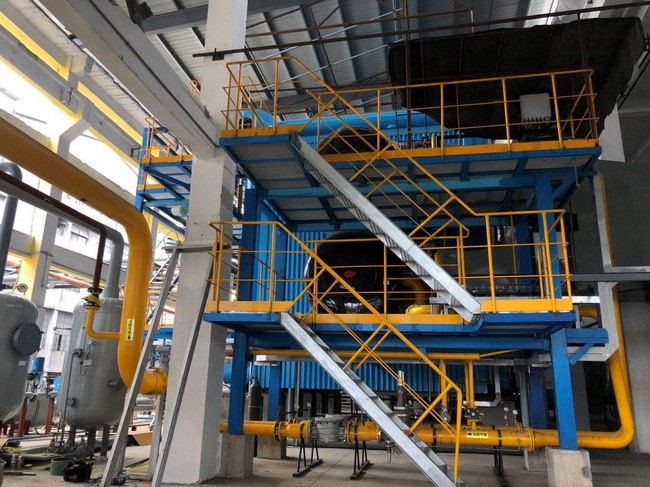
How Do Suppliers Respond to Valid Warranty Claims (On-Site Repair, Parts Replacement, Technical Guidance)?
When your industrial boiler breaks down and you file a warranty claim, what happens next? Many customers aren’t sure what kind of support to expect—will someone come fix it, or will you just get a spare part in the mail? This confusion can lead to downtime, delays, and frustration. Knowing how boiler suppliers usually respond to valid claims helps you prepare properly and speeds up your return to normal operation. In this article, we’ll explain what actions suppliers typically take when a warranty claim is approved, and how you can get the best service outcome.
For a valid boiler warranty claim, suppliers typically respond in one or more of the following ways: (1) sending replacement parts, (2) dispatching a technician for on-site repair, or (3) providing technical support to guide your maintenance team through the fix. The type of response depends on the issue, warranty terms, and your location.
Every boiler warranty is a bit different, but most suppliers aim to fix the problem fast and keep your system running. Let’s take a closer look at how these responses work in real life and what you can expect based on the situation.
Suppliers always send technicians for every warranty claim.False
In most cases, suppliers only send technicians for serious issues. For simple problems, they may ship parts and provide remote support instead.
What Support to Expect When Your Claim Is Approved
| Type of Response | When It Happens | Who Covers the Cost |
|---|---|---|
| Parts Replacement | For damaged valves, pumps, sensors, gaskets, etc. | Usually free under warranty |
| On-Site Repair | For major failures, leaks, burner faults, or system shutdowns | Often free if covered, but check travel fees |
| Technical Guidance | For minor problems or troubleshooting steps your staff can do | Free via phone, video, or manuals |
1. Parts Replacement
This is the most common response. If your boiler has a broken or defective part (like a control board, igniter, or pump), the supplier will usually send a new one by courier. You’ll be expected to:
Confirm the part number
Provide photo/video evidence of the damage
Arrange for a qualified technician to install it
2. On-Site Repair
If the issue is complex or dangerous (e.g., a pressure vessel crack or gas leak), the supplier may send their technician or authorize a local service partner. This can include:
Diagnostic testing
Repair or replacement of key components
Safety inspections after repair
Some suppliers cover full labor and travel, while others only cover the part. Always check the fine print in your warranty.
3. Technical Support
For simpler issues—like error codes, wiring problems, or control settings—the supplier may guide your in-house team over the phone or video call. This saves time and avoids waiting for parts or site visits.
Pro tip: Keep a detailed log of the issue and your communication with the supplier. It speeds up the process and shows that you’ve followed the proper steps.
Summary
In short, once your boiler warranty claim is approved, the supplier will respond in the fastest and most cost-effective way. That might mean shipping a new part, sending a technician, or walking your team through a fix. Understanding these responses helps you stay ready—and get your boiler running again quickly.
Need help with a claim or want to understand your boiler’s coverage better? Contact our support team today—we’re here to make the warranty process easy and reliable for you.
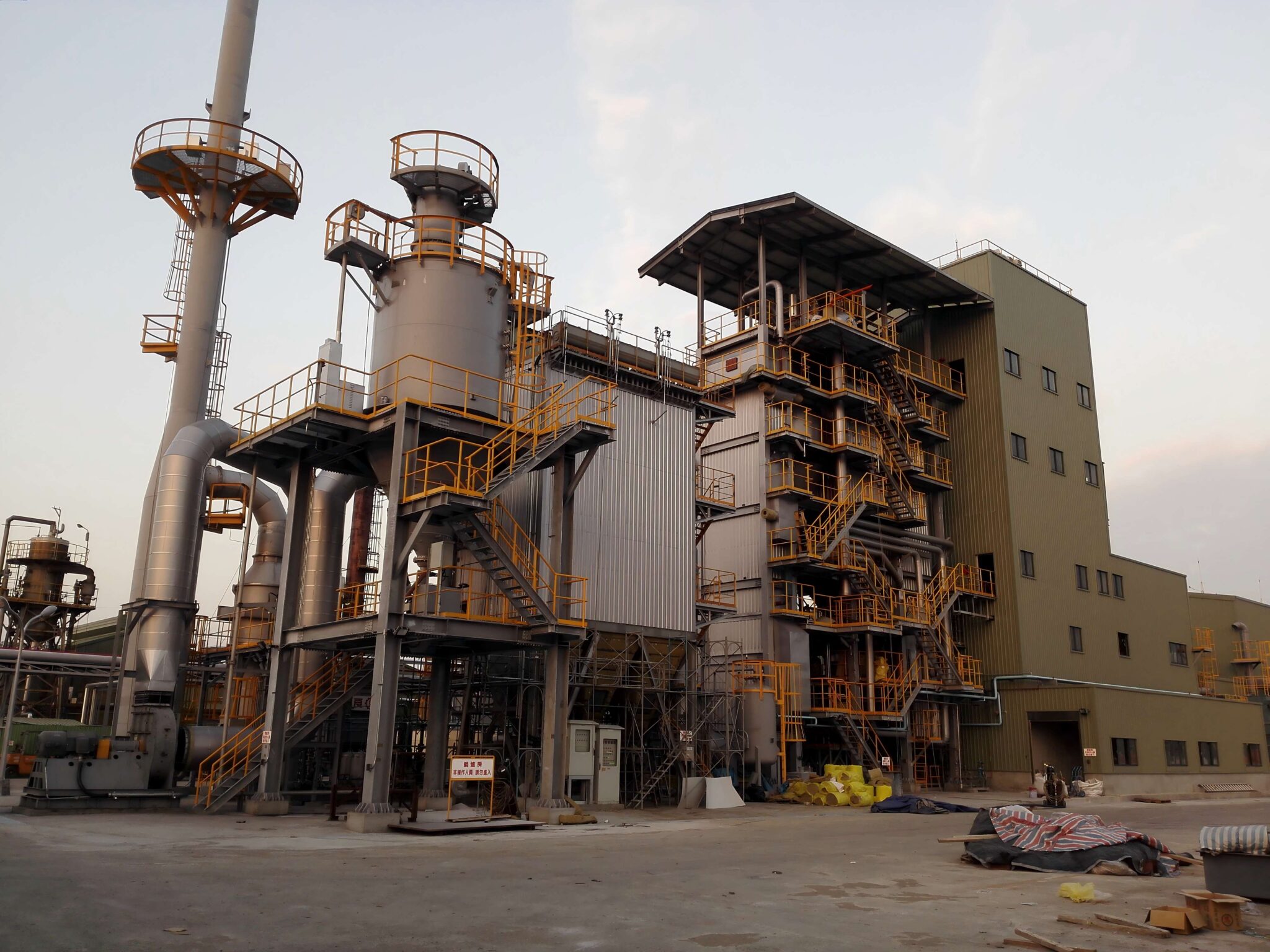
What Role Do Maintenance Records and Operator Training Logs Play in Claim Validation?
When an industrial boiler fails and you file a warranty claim, your supplier won’t just look at the broken part—they’ll want to know how the boiler was used and maintained. Without proof of proper care, even a valid claim can be rejected. Two of the most important documents in this process are your maintenance records and operator training logs. These show that the boiler was handled correctly and not damaged due to neglect or misuse.
Maintenance records and operator training logs are key to warranty claim approval. Maintenance logs prove the boiler was regularly serviced, while training logs show that qualified staff operated it correctly. Without these, your warranty claim may be delayed or denied.
Suppliers use these documents to check if the warranty terms were followed. Most warranties clearly state that regular maintenance and trained operation are required. If you can’t prove that your team followed the rules, even a small repair might not be covered.
Boiler suppliers require proof of proper maintenance and training to approve a warranty claim.True
Regular service and trained operation help prevent misuse and failures, so suppliers often make these documents mandatory for claim validation.
| Document Type | Why It Matters |
|---|---|
| Maintenance Records | Show that the boiler was cleaned, inspected, and serviced on time |
| Training Logs | Prove that only trained personnel operated and handled the boiler |
Tip: Keep these logs up to date, signed, and easy to access. It can save you days of downtime and protect your warranty.
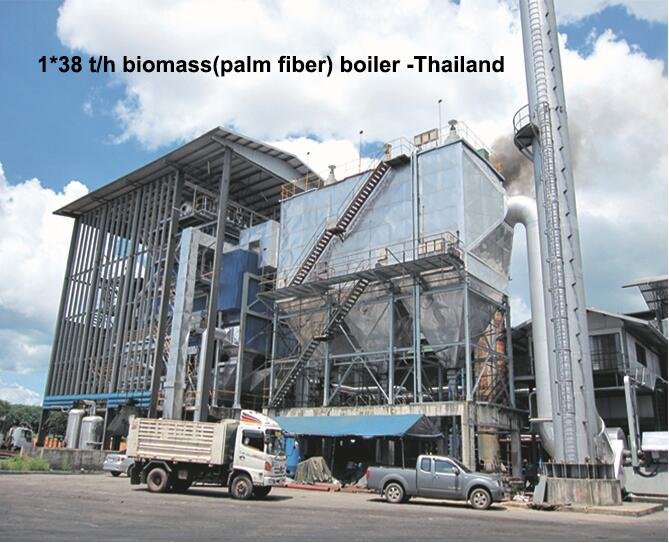
How Can You Streamline Communication and Resolution of Service Issues with Your Supplier?
![Image Placeholder: Smooth industrial boiler service communication]
Prompt: Industrial boiler maintenance team and supplier representative talking with documents and laptop + inside a boiler control room + efficient, cooperative, and focused mood + well-lit technical environment
When your industrial boiler has a problem, quick and clear communication with your supplier can make all the difference. But without a clear process, service requests can get delayed, miscommunicated, or go unresolved—leading to longer downtimes and mounting losses. To avoid this, you need a smart, simple way to work with your supplier. In this article, we’ll explain how to make communication smooth and fast, so you can get service issues resolved without the stress.
To streamline service issue resolution with your supplier, assign a clear point of contact, use detailed service logs, prepare required documents in advance, and communicate through official channels (email or service portal). Always keep records of each step and response to avoid delays.
Good communication means faster action, fewer mistakes, and better outcomes. Whether you’re requesting warranty repairs, spare parts, or technical help, a clear process helps both sides stay on the same page.
Clear and organized communication with your boiler supplier reduces downtime and service delays.True
Suppliers respond faster and more accurately when they receive complete, clear, and traceable information.
5 Tips to Improve Service Issue Resolution
| Step | Why It Helps |
|---|---|
| Assign a contact person | Prevents confusion; keeps communication consistent |
| Use detailed service records | Helps suppliers understand the issue quickly |
| Prepare documents before calling | Speeds up claim or support requests |
| Use official channels (email, portal) | Ensures traceability and faster routing to the right department |
| Keep a written record | Protects your rights and confirms what was said or promised |
Pro Tip: Ask your supplier if they offer a service ticket system or mobile app for faster updates and tracking.
By following a clear process and being prepared, you can turn what could be a stressful service issue into a smooth, quick fix.
🔍 Conclusion
A smooth warranty and service claim process starts with proper documentation and clear communication. Knowing what to submit and how to work with your boiler supplier ensures faster resolutions, minimal downtime, and long-term operational integrity. Protecting your boiler warranty also means staying compliant with the manufacturer’s maintenance and operating guidelines.
📞 Contact Us
💡 Need assistance managing a boiler service claim or reviewing warranty coverage? We provide technical documentation reviews, inspection reports, and claim handling support for industrial boiler owners.
🔹 Let us help you resolve boiler issues quickly—and ensure your warranty works for you. 🛠️📄✅
FAQ
How do boiler suppliers typically handle warranty claims?
Warranty claims for industrial boilers usually follow a structured process:
Customer contacts supplier or service rep with issue details.
Technical evaluation is performed (remote or on-site).
Warranty eligibility is verified based on purchase date, claim type, and usage history.
If valid, the supplier repairs or replaces the faulty part/system per warranty terms.
Documentation is updated and filed for future reference.
In most cases, labor may or may not be included—check contract terms.
What kind of warranty coverage do industrial boilers typically include?
Standard warranties often cover:
Pressure vessel and shell: 5–10 years
Burners, pumps, and control systems: 1–3 years
Refractory and gaskets: 6–12 months
Labor: Sometimes covered only during commissioning
Extended warranties may be available for an extra cost or through service contracts.
What documentation is required to file a warranty claim?
Common documents needed include:
Proof of purchase (invoice or contract)
Warranty certificate or registration form
Service and maintenance records
Operating log or incident report
Photos or videos of the issue (if applicable)
Serial number and model information of the affected unit
Accurate and complete documentation speeds up claim resolution.
What could void an industrial boiler warranty?
Warranty may be voided if:
The boiler is used outside specified parameters (e.g., fuel type, pressure, temperature)
There’s a lack of regular maintenance or improper servicing
Unauthorized modifications or non-OEM parts are used
Installation or operation is not performed by certified professionals
Overheating or dry-firing incidents are documented
Always follow the O&M manual and maintain service logs to protect your warranty.
How can you streamline the warranty and service request process?
Best practices include:
Registering the boiler with the manufacturer post-installation
Keeping a digital record of all maintenance and inspections
Using manufacturer-recommended service agents
Reporting problems as soon as they occur, not after extended delay
Requesting and reviewing the supplier’s warranty claim procedure in advance
References
ASME Warranty and Safety Standards – https://www.asme.org
DOE Industrial Boiler Maintenance Guidelines – https://www.energy.gov
EPA Industrial Equipment Warranty Guidelines – https://www.epa.gov
ISO 9001 Quality Management Standards – https://www.iso.org
Sample Boiler Warranty Terms – Manufacturer Example – https://www.trustpilot.com
Boiler Installation and Operating Manuals – https://www.bioenergyconsult.com
Boiler Service Report Templates – ResearchGate – https://www.researchgate.net
Predictive Maintenance and Documentation Tools – https://www.automation.com
Common Boiler Failures and Warranty Solutions – https://www.sciencedirect.com
Warranty Claim Management Software Providers – https://www.energystar.gov

